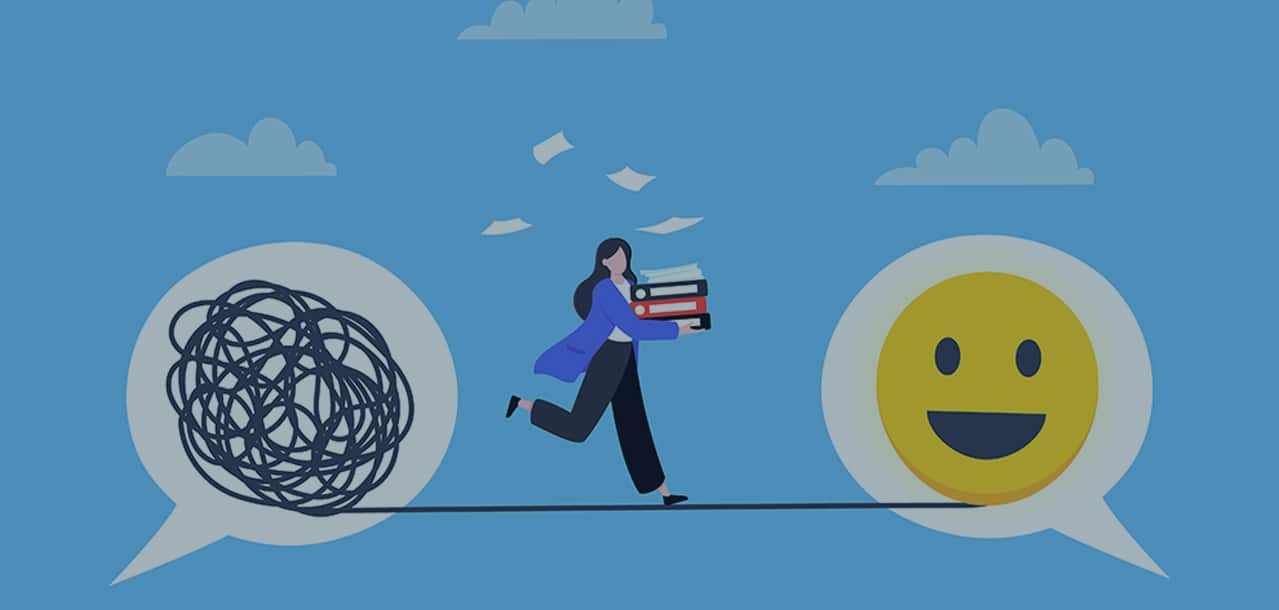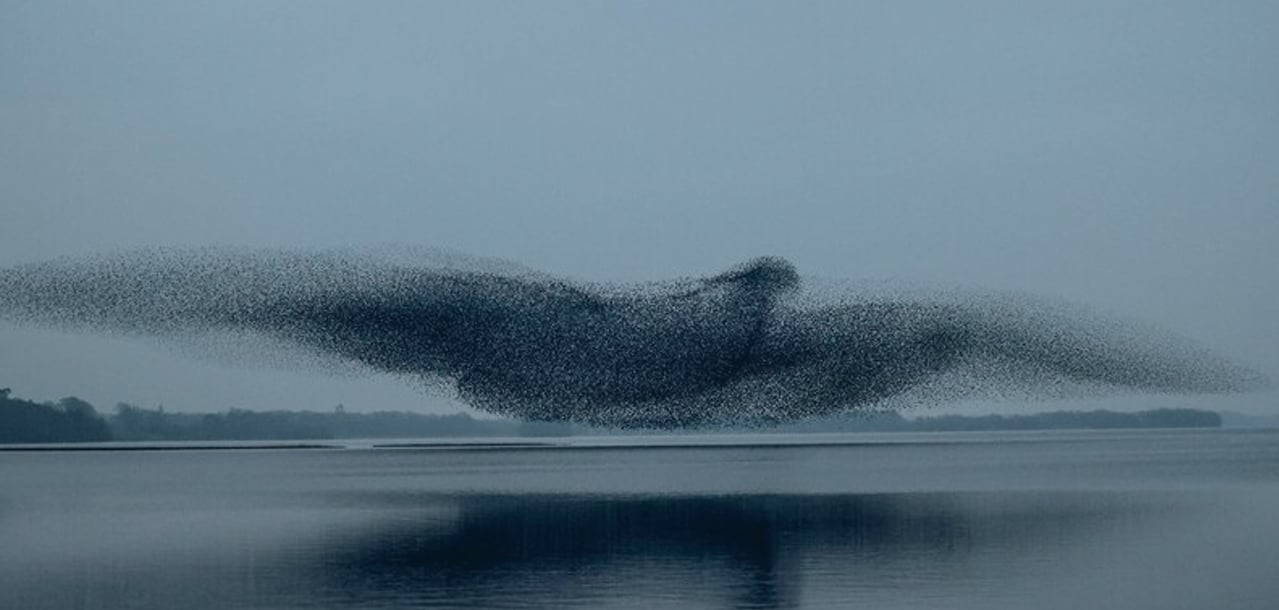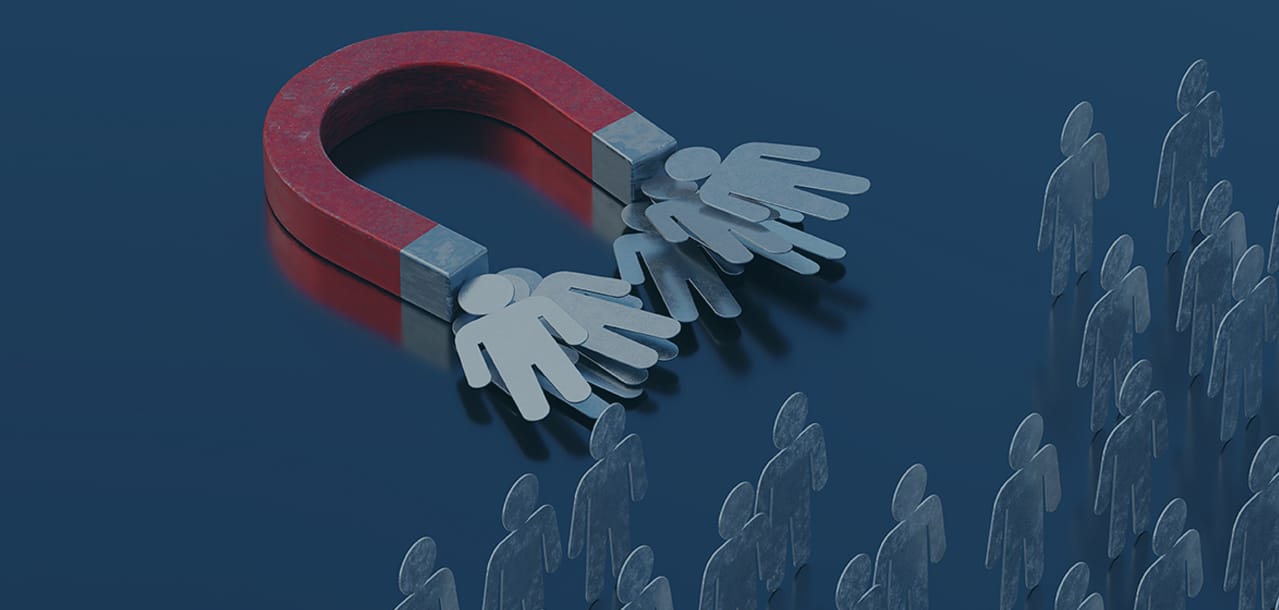Category: How we work

Beyond Experience: How Mastery Changes the Way We Think
Experience is something that evolves throughout a person’s lifespan. From entry-level professionals to seasoned experts, the accumulation of knowledge and refinement of skills play a vital role in shaping cognitive abilities and perceptual skills. Experience is not just about time spent in a profession, it’s about the transformation of skills, perception, and cognition. At Steering Point, we help people and teams to excel.

What is the impact of DeepSeek, China’s new AI model?
The impact of DeepSeek’s flagship model, DeepSeek-R1, is difficult to ignore. Trained with an investment of approximately $5.6 million — compared to the estimated $100 million to $1 billion spent by American competitors — its success challenges the prevailing notion that AI progress is reserved for companies with vast financial and computational resources.

Avoiding Toxic Positivity
Amidst the cultural shifts away from the more traditional brand of toxicity noted above, the trend towards a kinder, more positive outlook has been championed and adopted in the workforce and beyond. That, of course, is a good thing –– mostly. But over the past few years there’s been a growing sense that that positive approach can occasionally go too far in what has been termed “toxic positivity”.

How To Work On The Move
In an increasingly connected world, the boundaries of the traditional workplace are dissolving. Airports, train carriages, and even cramped-for-legroom economy seats are becoming extensions of the modern office. With global work rhythms operating 24/7, professionals are often left navigating a fine line between productivity and burnout.

Why Inclusive Leadership Matters: Building Better Workplaces
In today’s fast-evolving work environments, the concepts of equality, diversity, and inclusion (EDI) are no longer just ideals—they are essential to organisational success. Inclusive leadership is at the heart of these efforts, fostering workplaces where everyone feels valued, respected, and empowered to contribute. But what does it really mean to lead inclusively, and why should organisations invest in it?

Unveiling Rugby’s Uncomfortable Truths: Insights from Sam Peters on Concussions and Cultural Change
Sam Peters, a distinguished investigative journalist, has been instrumental in bringing the hidden dangers of concussions in sports, particularly rugby union, to the forefront of public consciousness. His relentless pursuit of truth has ignited essential conversations about player safety and challenged deeply ingrained cultural norms within the sport. In a recent episode of The 1% Podcast, we delved into the critical issues surrounding concussions in rugby and the urgent need for change.

Breaking the Cycle of Workplace Stress: Practical Tips to Thrive
Stress in the workplace is something we all experience, but it doesn’t have to be the uninvited guest that ruins our productivity and well-being. Let’s dive into why stress can get the best of us at work and explore practical ways to manage it—grounded in psychology and easy-to-apply solutions.

The Need for Purpose
Work has always been more than a means to an end. It’s a stage where we perform the roles that define us, a canvas on which we paint our aspirations. Yet, in a world that moves faster every day, where goals feel fleeting and life often seems like a string of disconnected tasks, the question of purpose has become more urgent than ever.

The Delicate Art of Networking
For many professionals, networking evokes a mix of dread and obligation. It’s often reduced to a transactional exercise — exchanging business cards, sending cold LinkedIn requests, or making polite small talk at obligatory corporate events. Yet, at its best, networking is a profoundly human endeavor. It’s about forming genuine relationships that lead to shared growth and mutual opportunities.

Finding Purpose: Lessons from a Murmuration
In a murmuration, every bird doesn’t act independently or chaotically…This synchronicity arises because of a shared, instinctual understanding of their purpose: to survive and thrive together. Similarly, when we discover our “why,” it becomes easier to align our actions with our values and goals. Purpose acts as a filter for decisions, helping us move cohesively toward what matters most. Without this clarity, we risk veering off course, much like a murmuration would dissolve without its guiding instinct.

AI’s Dirty Secret
Behind the seamless digital experiences powered by AI lies a hidden truth: the technology is an energy-intensive beast. Its appetite for electricity, water, and rare earth metals is accelerating, creating environmental consequences that threaten to overshadow its advancements.

People Development Trends
As we approach 2025, we outline some of the key trends that are shaping the landscape of people development. Organisations adapt to these changes to enhance employee engagement, retention, and performance.